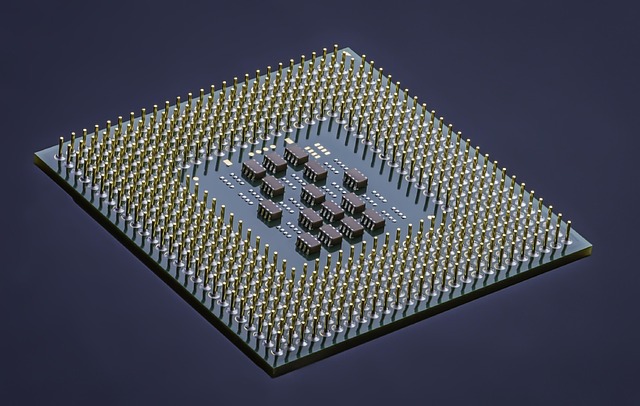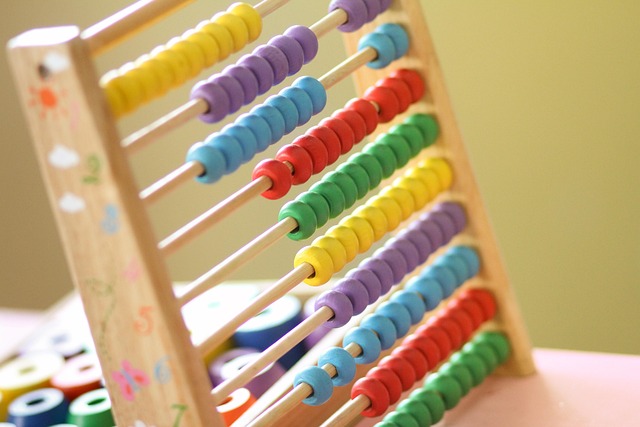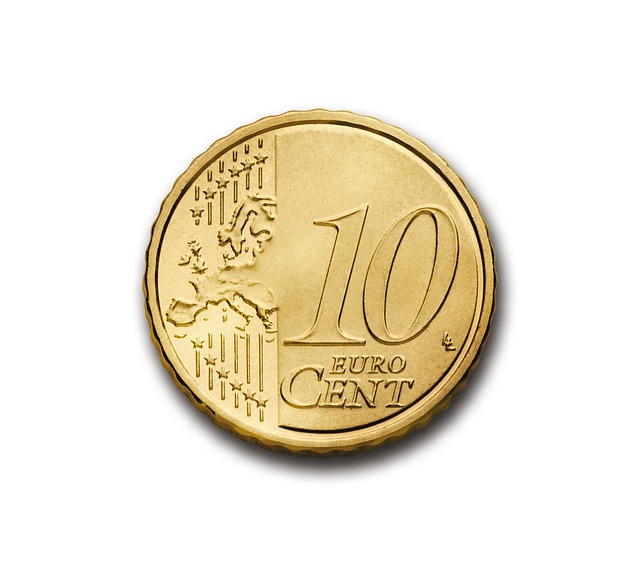
RF Circuits: The Unsung Heroes of Communication
When you think of high-tech gadgets, you might picture sleek smartphones or futuristic drones. But behind the scenes, there’s a whole world of RF circuits working tirelessly to keep those devices connected. RF, or radio frequency, circuits are like the unsung heroes of the tech world, operating quietly in the background while we binge-watch our favorite shows or scroll endlessly through social media.
What Exactly Are RF Circuits?
RF circuits are specialized electronic circuits that deal with signals in the radio frequency spectrum, typically ranging from 3 kHz to 300 GHz. They are analog in nature, meaning they handle continuous signals rather than discrete ones. Think of them as the smooth jazz radio stations of the electronic world, flowing effortlessly without the interruptions of digital static.
The Evolution of RF Circuits
Back in the day, RF circuits were crafted using vacuum tubes and discrete transistors. Today, however, they’ve made the leap into the modern age with integrated circuits (ICs). These ICs are like the Swiss Army knives of the electronic world, packing multiple functions into a single chip. While high-power applications still occasionally rely on older technologies, for everyday uses like cell phones, WiFi, and Bluetooth, silicon-based ICs reign supreme.
Designing RF Circuits: A Balancing Act
Designing RF circuits is no walk in the park. It’s a meticulous process that involves a top-down design approach followed by a bottom-up verification process. Picture it as building a Lego masterpiece: you start with a vision, lay down the foundation, and then check to make sure all the pieces fit together. During this process, engineers must account for parasitic effects—those pesky little annoyances that can mess with signal integrity. It’s like trying to stay focused while your buddy keeps cracking jokes in the background; you have to work extra hard to maintain clarity.
Applications of RF Circuits
RF circuits are everywhere, and their applications are as varied as the devices we use. Here’s a quick rundown:
- Cell Phone Transceivers: The magic behind your ability to call your mom (or avoid her calls) lies in RF circuits.
- WiFi Transceivers: Ever wonder how your cat can send you memes from the other room? Thank RF circuits.
- Bluetooth Devices: Wireless headphones, smartwatches, and even your fridge are powered by RF technology.
- Satellite Receivers: Those high-tech dishes that help you binge-watch the latest series? Yep, you guessed it!
The Future of RF Circuit Design
The future looks bright for RF circuit design. As technology advances, the demand for more efficient and compact RF circuits will only grow. With the rise of the Internet of Things (IoT) and 5G technology, expect RF circuits to become even more integral to our daily lives. It’s an exciting time for engineers and tech enthusiasts alike, as innovations continue to reshape the landscape of communication.
Final Thoughts
In conclusion, RF circuits may not be the flashiest part of our tech-driven lives, but they are undoubtedly crucial. So, the next time you’re enjoying a seamless video call or effortlessly streaming your favorite playlist, take a moment to appreciate the RF circuits working hard behind the scenes. They deserve a round of applause—or at the very least, a quiet nod of respect. 🎉

















 Discovering the Joy of Flexible Flight Searches
Discovering the Joy of Flexible Flight Searches 
 Health
Health  Fitness
Fitness  Lifestyle
Lifestyle  Tech
Tech  Travel
Travel  Food
Food  Education
Education  Parenting
Parenting  Career & Work
Career & Work  Hobbies
Hobbies  Wellness
Wellness  Beauty
Beauty  Cars
Cars  Art
Art  Science
Science  Culture
Culture  Books
Books  Music
Music  Movies
Movies  Gaming
Gaming  Sports
Sports  Nature
Nature  Home & Garden
Home & Garden  Business & Finance
Business & Finance  Relationships
Relationships  Pets
Pets  Shopping
Shopping  Mindset & Inspiration
Mindset & Inspiration  Environment
Environment  Gadgets
Gadgets  Politics
Politics 